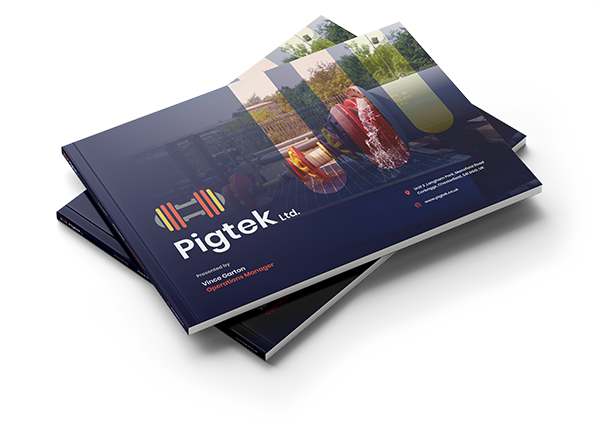Benefits of Pipeline Gauging Using Pigging Technology
When it comes to maintaining your pipeline, preparation is key. It’s not always easy for you to keep an eye on what is happening to your pipe network from day to day. That is why pipeline gauging, which is a pre-inspection of your line, is so important.
Preparing your pipeline is important because it ensures you’re aware of the capacity you have available, as well as of any problems there may be further down the line. What’s more, before you start general pigging, you must make sure that a pre-inspection takes place.
But how can our pigging technology help you prepare your pipelines for years of efficient and productive use?
What is Pipeline Gauging Used For?
Pipeline gauging is all about making sure that there are no problems down your line which are likely to stop other pigs and tools from heading down the same route. This prevents you from having to expend time and money on a pig which might otherwise be unsuitable for your specific network.
At Pigtek, we go to great lengths to make sure that the pigs we deploy are perfect for your specific pipeline shape, profile, length and needs. Therefore, to be able to deploy a pig that is ideal to fit the design of your network, we must undertake pipeline gauging.
No matter your pipeline needs – whether it is for cleaning, inspection or for other means, gauging is a must. When you get in touch with our team, one of the first things we will suggest is to set up a gauging consultation with us. It is much like a fact-finding operation.
How Do We Gauge Pipelines?

As you may expect, pipeline gauging is a technical endeavour. This means that we will use specific tools and technology to ensure we get as much insight as possible into the shape of your piping, and of any problems that may lie on route.
To do this, we largely use flexi-cupped pigs and bi-directional pigs, which we can deploy with guide discs and cups to navigate even the most complicated of piping systems.
To be able to track our gauging pigs, we will also be able to attach magnets and transmitters. This means that we will be able to locate where the gauging pig is at any stage of the deployment process. The aim is, of course, to see whether or not a gauging pig makes it to the end of the line without any stops or blocks.
This is not always a guarantee – in fact, you can often use gauging pigs to perform lighter cleaning duties down the line before anything deeper takes place.
Please keep in mind, too, that no two gauging pigs are ever the same. Different pipelines will have different requirements as well as size and shape profiles. Therefore, it is always a good idea to keep an open mind, and to make sure you follow our advice.
Getting Started with Pipeline Gauging
Pipeline gauging is, as stated, normally the first stage of the pigging process, and it is certainly the first step of the inspection and investigation process.
However, it doesn’t have to be complicated! If you are worrying that your pipeline is difficult to check or maintain, or that you are having problems navigating your network full stop, we are always on hand to help you find solutions which provide genuine answers.
For any kind of pipeline pigging needs, make sure to call our team immediately for advice and guidance. We will always be happy to consult on lines big, small, short, and complex. Call us as soon as you need us!
 Pigtek Ltd
Pigtek Ltd





